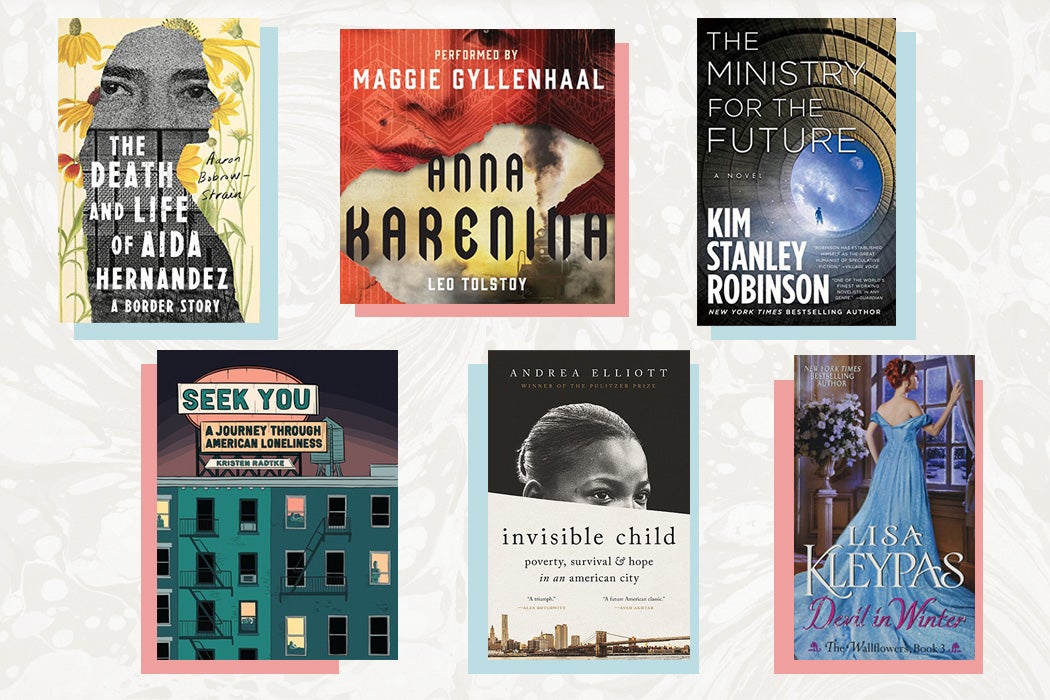It’s tempting to call this post “What We’re Not Reading,” given how many people report not being able to read during the pandemic. But alas, that wouldn’t make good #content, would it? Instead, we bring you mini book reports from your favorite bloggers and editors here at JSTOR Daily.
* * *
 Amelia Soth
Amelia Soth
I’ve been thoroughly enjoying the astonishing Severed: A History of Heads Lost and Heads Found, by Frances Larson. The book leads you on a winding journey through the history of decapitation: from the invention of the guillotine to the 19th-century European craze for shrunken heads to the use of skulls as saintly relics. It has all the flair of a zany popular history, combined with the sharp insight of an anthropological eye.
One of the most striking chapters deals with the practice of dissection in medical schools and what it takes for students to maintain a sense of their subject as a human being while cutting them apart. As Larson notes, medical schools did not always go to such lengths to treat the bodies of their anatomical subjects with respect; in fact, for centuries in England, dissection after death was considered to be a grievous punishment befitting only the worst crimes. Richard Ward’s fascinating article “The Criminal Corpse, Anatomists, and the Criminal Law: Parliamentary Attempts to Extend the Dissection of Offenders in Late Eighteenth-Century England” offers a deeper look at that gruesome chapter of history.
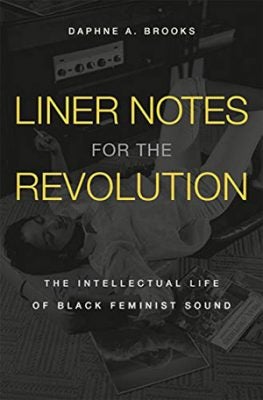 Ashawnta Jackson
Ashawnta Jackson
This year, I read Daphne A. Brooks’ Liner Notes for the Revolution: The Intellectual Life of Black Feminist Sound. It’s a long book, around 600 pages, so I return to it often to pick up pieces I may have missed the first time around. But every single one of those pages challenges the way that music, specifically music made by Black women, is thought of, listened to, and recorded (in both the sense of their treatment by record companies, and in the sense of preserving these names, and stories, and histories). There’s a beautiful line in the book that, although Brooks was speaking for herself, pretty much explained why I love to listen to, collect, and write about music: “I am doing my damnedest to try and remain attuned to those “marks” the sisters have left behind for us and trying to continue to learn lessons about the beauty of sonic self-curation…”
In this 2011 article in Callaloo, Brooks turns her lens to singer/songwriter/activist, Nina Simone and the ways she challenged “audiences to consider and perhaps more importantly to listen for the meaning of liberation in black female performance.
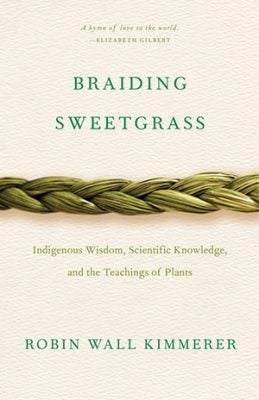
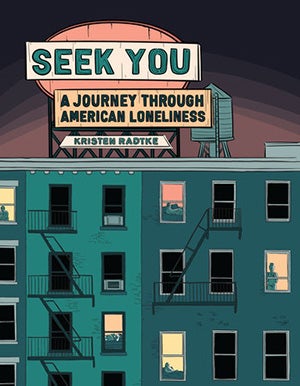 Catherine Halley
Catherine Halley
When I’m not editing JSTOR Daily, I’m caring for remnant prairie in Southwestern Wisconsin. As part of that work, I think a lot about land “ownership,” who lived here before European settlers, and invasive species. In Robin Wall Kimmerer’s thoughtful book Braiding Sweetgrass: Indigenous Wisdom, Scientific Knowledge, and the Teachings of Plants, Kimmerer makes a case for “Weaving Traditional Ecological Knowledge into Biological Education” that has helped me approach conservation with an open heart and mind.
Seek You: A Journey Through American Loneliness is the second graphic memoir by Kristen Radtke. It begins with the author remembering how her father who was “obsessed with ham radio” and winds its way across the country to Madison, Wisconsin where researcher Harry Harlow did experiments to see how much loneliness monkeys could stand. Radtke “want[s] us to use loneliness…to find our way back to each other.” Me too.
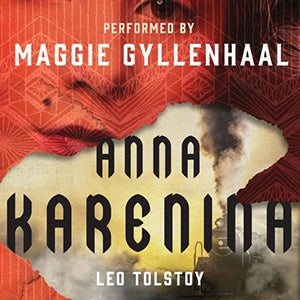 Erin Blakemore
Erin Blakemore
I was never into audiobooks before, but the pandemic changed that for some reason. Now, I go to sleep with one every night, and my most recent “listen for ten minutes, then pass out” book was Leo Tolstoy’s Anna Karenina, narrated by Maggie Gyllenhaal. My compliments to Gyllenhaal—her performance over about 30 hours is extraordinary, and I’m so glad I listened to the book, which I’d read before. It forced me to slow down and not to skim during parts I’d probably have glossed over if my speedy eyes had been looking at the words.
The book is a tour de force, and not for the reasons you’d imagine. Tolstoy has a way of making the ugly seem beautiful and the beautiful ugly. He portrays conflicting emotions in such a compelling way. The characters are entirely true to life, like when Levin, who’s in the throes of a religious crisis, gets upset that during the day he kind of forgets about his capital-c Crisis and just…lives his life? Who among us hasn’t been annoyed with ourselves for our inability to sustain our own miseries?
I’m not the only one on Team Tolstoy. In a 1978 article in The Slavic and East European Journal, A.V. Knowles examines how people received the book, which was first published as a serial starting in 1873 and appeared in book form in 1878. Critics judged the book from “political, sociological, and ethical viewpoints,” writes Knowles, and most “proved to be openly hostile.” But reading Russians obsessed over the book to the point that Tolstoy’s friend, N.N. Straxov, wrote and told him “It is nothing less than delirium….I have seen solemn old men jumping up and down in admiration.” Me too, solemn old men. Me, too.
 Jess Romeo
Jess Romeo
This year, I finally realized that I don’t have to feel guilty if I want (nay, prefer) to read something that isn’t considered capital-L Literature. Once I stopped putting that pressure on myself, my passion for reading was reignited. So right now I’m reading Devil in Winter, a frothy romance novel, the third (and best) in the “Wallflower” series by Lisa Kleypas. The series follows a group of four women who form a strong bond over their shared status as unmarriageable “wallflowers.” This book focused on a shy, stammering Evangaline Jenner. Our smoldering hero is a rake-ish viscount with the viscount-iest name of all time: Sebastian, Lord St. Vincent. He’s a sarcastic bad boy who needs to be redeemed. Come for the snarky, steamy romance, stay for a funny, heartwarming story about loyalty and friendship.
I’m fascinated by the romance genre (clearly) and the notion of a “guilty pleasure.” Romance novels are often unfairly maligned, despite being ridiculously popular and extremely influential. Of course, many of these books do perpetuate harmful (or, at least, tired) stereotypes, which is worth interrogating. That’s why I also enjoy how modern authors are taking steps to expand on the genre: I especially loved The Kiss Quotient by Helen Hoang and Act Your Age, Eve Brown by Talia Hubbart. I am fan of stories that center women and their relationships, especially when there’s banter, sexual tension, and an obligatory happily ever after. And, as the world falls apart around us, I am feeling more inclined than ever to reach for stories with a happy ending.
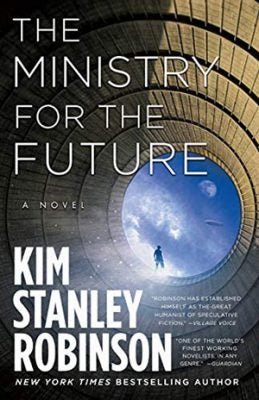 Livia Gershon
Livia Gershon
In the 2020 science fiction novel The Ministry for the Future, Kim Stanley Robinson gives readers a tour through some of the horrors we can expect in the coming decades: mass-casualty heat waves, floods, refugee crises. But the book relentlessly insists that humans can do better. It follows fictional scientists, activists, and bureaucrats as they build wildlife corridors across continents, stop glaciers from sliding into the sea, and revolutionize the entire global financial system. If that kind of optimistic imagining seems far-fetched to you, it probably wouldn’t surprise Robinson. In this 2016 essay for Utopian Studies, he explains how he became one of the few post-1970s authors who writes utopias, and why he does it. As we face the reality of climate change, he argues, “we have come to a moment of utopia or catastrophe; there is no middle ground; mediocrity will no longer succeed.”
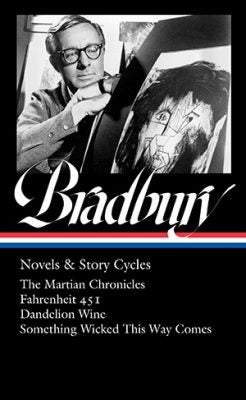 Matthew Wills
Matthew Wills
With all the buoyant talk of colonizing and terraforming Mars by would-be serfs of billionaires, I decided to revisit Ray Bradbury’s The Martian Chronicles in the new Library of America volume. Years ago, I tried to read this “story cycle” but was put off by its folksiness and internal incoherence. I had better luck this time: it turns out to be a tragic exploration of colonialism and imperial conquest, with not one but two planetary genocides putting a damper on the hopeful ending.
“If we have nothing to offer Mars but bubble gum and atom bombs, I think we should wait another century or so,” cautioned Bradbury in 1950. Well, 2050 isn’t so far away anymore: are we any more ready than he thought mid-twentieth-century Americans were?
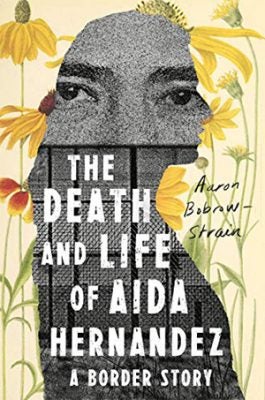 Morgan Godvin
Morgan Godvin
I’m reading The Death and Life of Aida Hernandez: A Border Story by Aaron Borrow-Strain. It’s a hauntingly beautiful nonfiction work about life on the US-Mexico border as US immigration policies became increasingly hostile. It reads like a novel but is, in fact, an ethnographic academic work.
An equally haunting novelesque ethnography is The Land of Open Graves: Living and Dying on the Migrant Trail.
 Olivia Box
Olivia Box
This year I read Kristin Hannah’s newest book, The Four Winds. A historical fiction book based in Texas and California, it explores how one family suffers and prevails through the dust bowl. Hannah does a great job weaving an engaging story while providing an accurate and harrowing view of the environmental disaster that was the dust bowl. Today, climate disasters frequent the news often, and this book is a reminder that these disasters are not new. Since industrialization and industrial agriculture began, soils and communities have suffered. I highly recommend it to anyone who wants to learn more about our nation’s agricultural history—and enjoy a captivating story
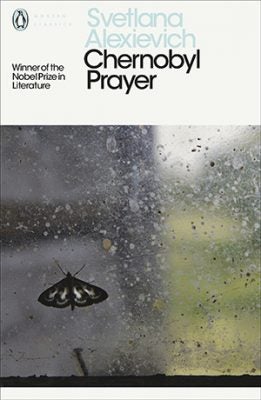 Sierra Garcia
Sierra Garcia
For all that has been written regarding the Chernobyl nuclear disaster of 1986, Chernobyl Prayer remains the only account I’ve found that centers the people who lived through the catastrophe purely in their own words. They are neither caricatured as dimensionless and pitiful, nor propped up as stand-ins for arguments about communism or nuclear power. The book lives somewhere in the murky space between literature and documentation, a style that has been called the “epic chorus” or “collective novel” and that won its author, Svetlana Alexievich, the Nobel Prize for Literature in 2015. Her meticulous interviews touch on lingering human and animal life in the no-go zone, firsthand accounts of villagers who stayed and who left, and the disturbing legacy of voyeurs visiting the irradiated site as tourists (a broader phenomenon we touch on in this article). It is a lingering and aching read, but not a long one, and is well-worth sitting with in an era of commonplace catastrophes and victimization narratives.
 Yvonne Bang
Yvonne Bang
Invisible Child by Andrea Elliot is a shining example of why I ever got into journalism. It shares the heart-wrenching and essential story of a young, homeless girl named Dasani making her way in New York City and beyond. It is a story about the child, one of many invisible children without a home who are embedded in the fabric of the city; her family, struggling to survive on a day-to-day basis; and the city itself, one of the most unequal as far as wealth distribution in the whole nation.
Meticulous reporting by New York Times investigative reporter, Andrea Elliott, brings to life intimate moments in Dasani’s world. As attested to by Ralph Nunez in his 2001 “Family Homelessness in New York City” report, the poverty in the bustling city is crippling many people, old and young, and Dasani is not a nameless statistic, but a real representation of this ever-growing problem. Homeless children in the city are not a new phenomenon, as evinced by the work of Leanne G. Rivlin and Lynne C. Manzo in their piece, “Homeless Children in New York City: A View from the 19th Century.” But through Dasani’s story, and with Elliott’s reporting, we can see glimpses of ways change might be effected.
